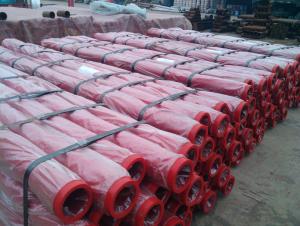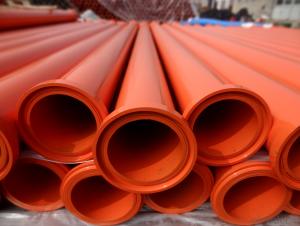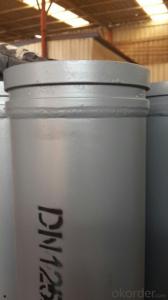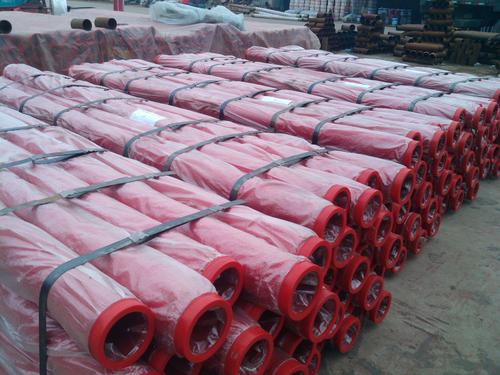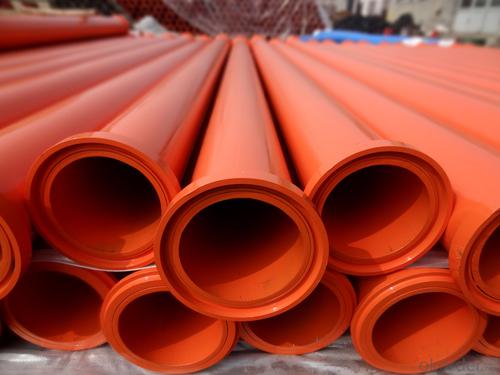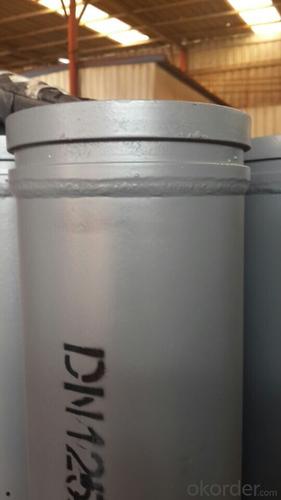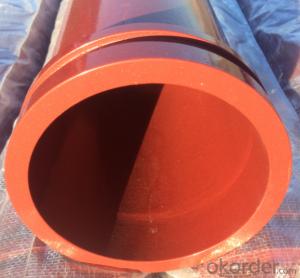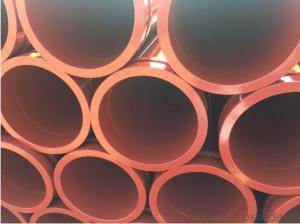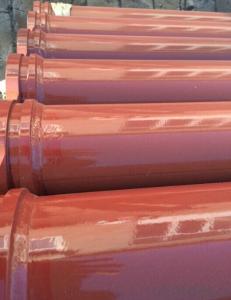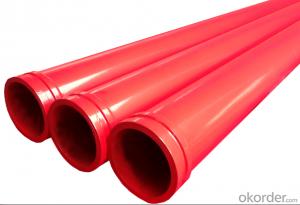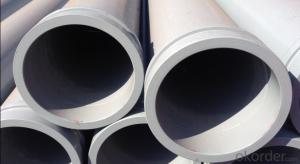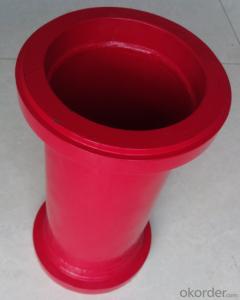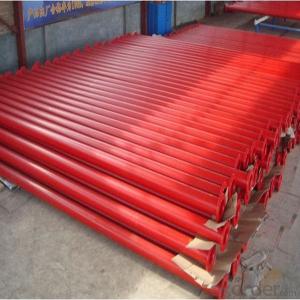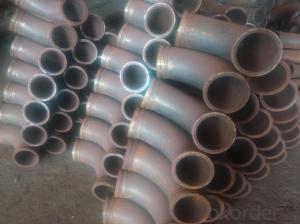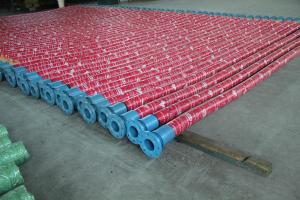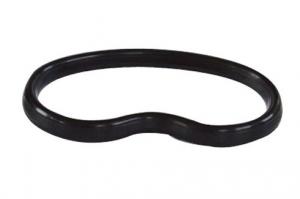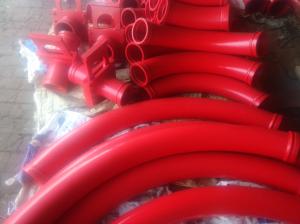Concrete Pump Truck Parts Delivery Pipe without flange DN125 6MTR Thick 4.5MM ST52
- Loading Port:
- China main port
- Payment Terms:
- TT OR LC
- Min Order Qty:
- 100 pc
- Supply Capability:
- 10000 pc/month
OKorder Service Pledge
OKorder Financial Service
You Might Also Like
Product Description:
Widely used on concrete pump truck, concrete placing boom, trailer concrete pump etc, for concrete delivery pipe connection.
Our concrete pump pipes have been successfully exported to many countries from 1998, Our main markets as below: Middle East, Southeast Asia, America, Brazil, Italy, Russia, South Africa etc.
Main Product Features:
1. Mainly adopt carbon steel high wear resistant steel, and other material upon your request.
2. Service life:7000-80000 CBM Concrete.
3. The inner side of this concrete pump pipe can undergoes heat treatment, and then the hardness can reach 63HRC.
4. Possess quality certification of ISO 9001:2000. Can pass CE test.
5. A wide range of specifications for you.
6. We can supply OEM service and can also produce according to your requirements.
7. Total series of concrete pump pipes for different brand concrete pump(PUTZMEISTER, SCHWING, CIFA, SANY, ZOOMLION, IHI, KYOKUTO Etc) available from us.
Product Specifications:
Dimension: DN125
Length: 6m
Thickness: 4.5mm
Material: ST52
Weight: 83kg
Characteristics: without flange
Package: Seaworthy packing or as customers’ request.
FAQ:
Q1: How to confirm that your pipes could be used in our pump?
A1: We have been providing parts for nearly ten years, and cooperating with the agent of the world famous brand, possess near every kind of pipe in the market. What is more, we can produce as the customers’ request with drawing provided.
Q2: How do we guarantee the quality of our products?
A2: We have established an advanced quality management system which conducts strict quality tests at every step, from raw materials to the final product.
Q3: How soon can we receive the product after purchase?
A3: Within three days of placing an order, we will begin production. The specific shipping date is dependent upon international and government factors, but is typically 5-15 workdays.
Q4: If we can produce some Concrete Pump Truck Parts according to customers request?
A4: Yes, we can produce Concrete Pump Truck Parts according to the difference country situations to make it suitable to the market and customers. We have very professional technical team to make the design.
Q5: How to make a quick resolution for after service?
A5: OKorder and our manufacture both have overseas branches all-around of world, IF needed, the seller shall dispatch 2 engineers to the buyer's site for supervision of training. The buyer shall make available of necessary facilities & skilled personnel at site for training.
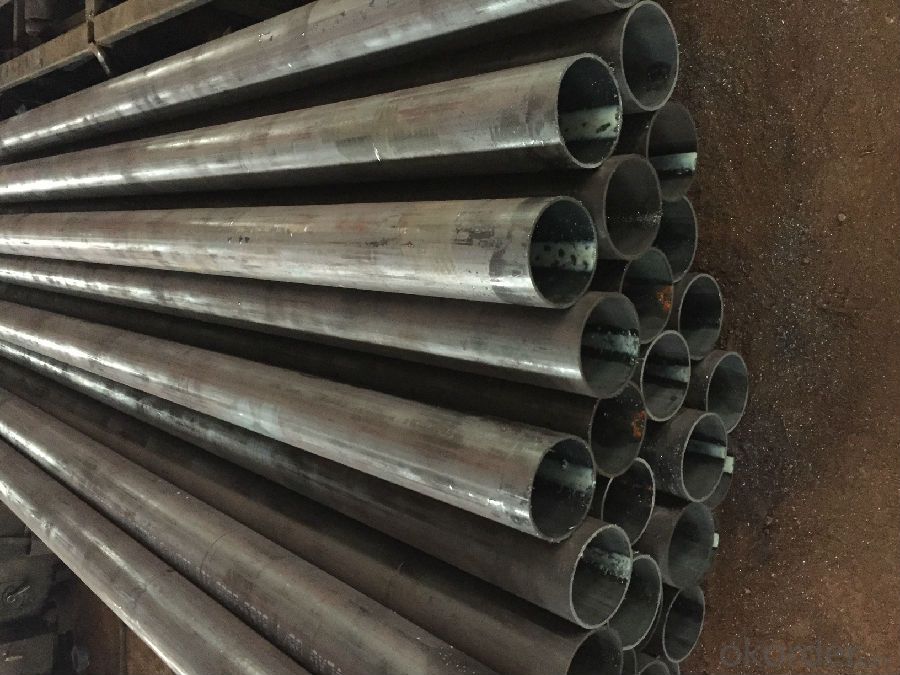
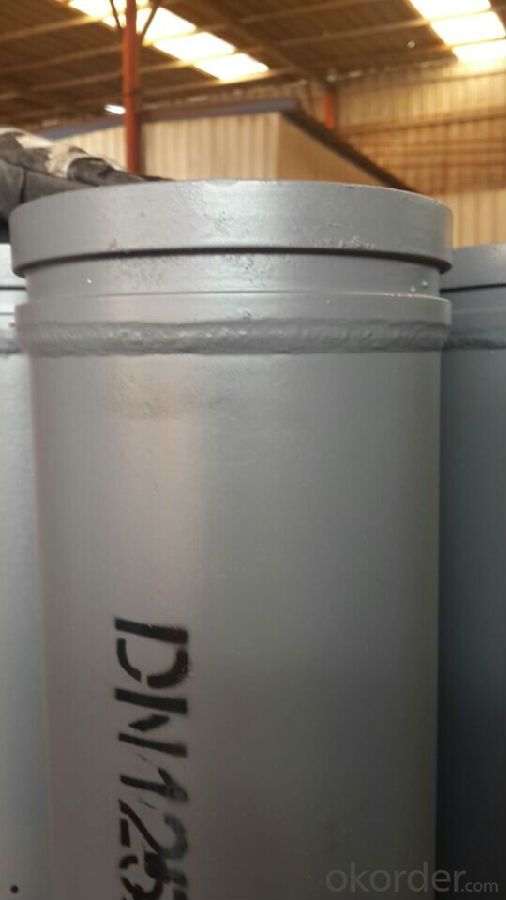
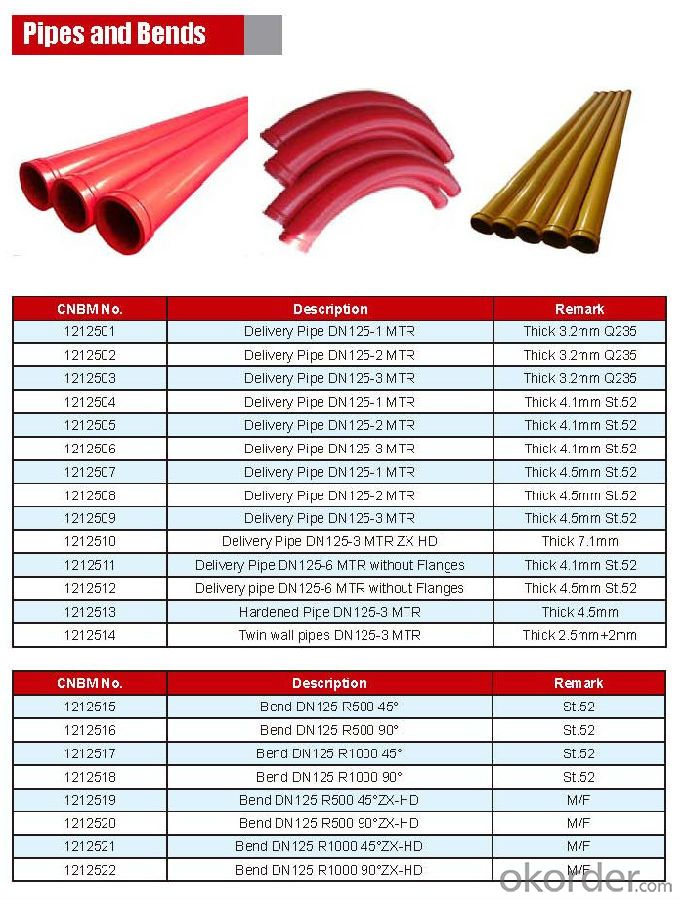
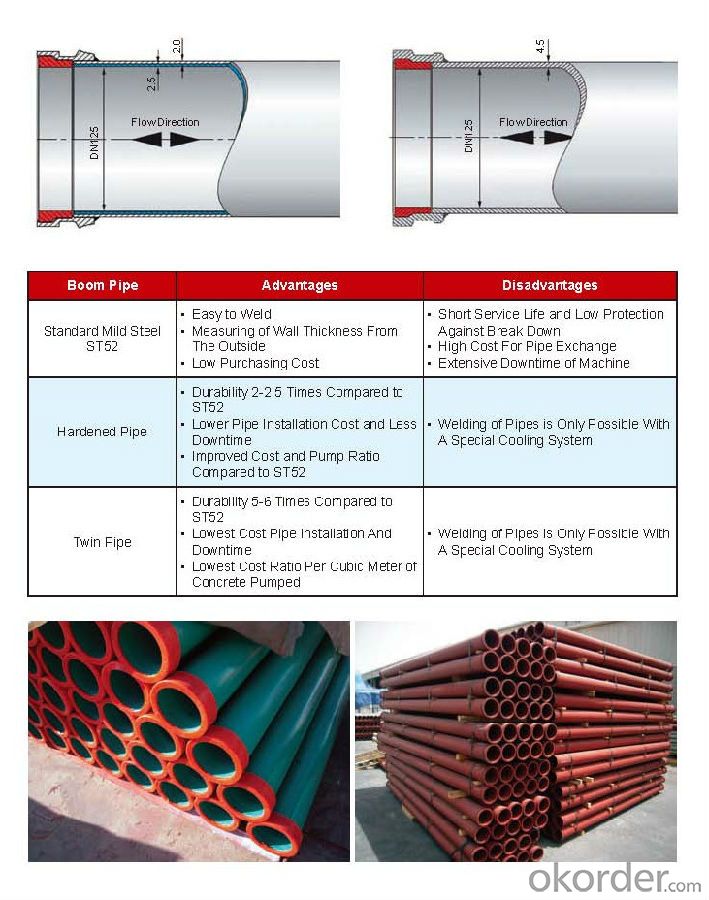
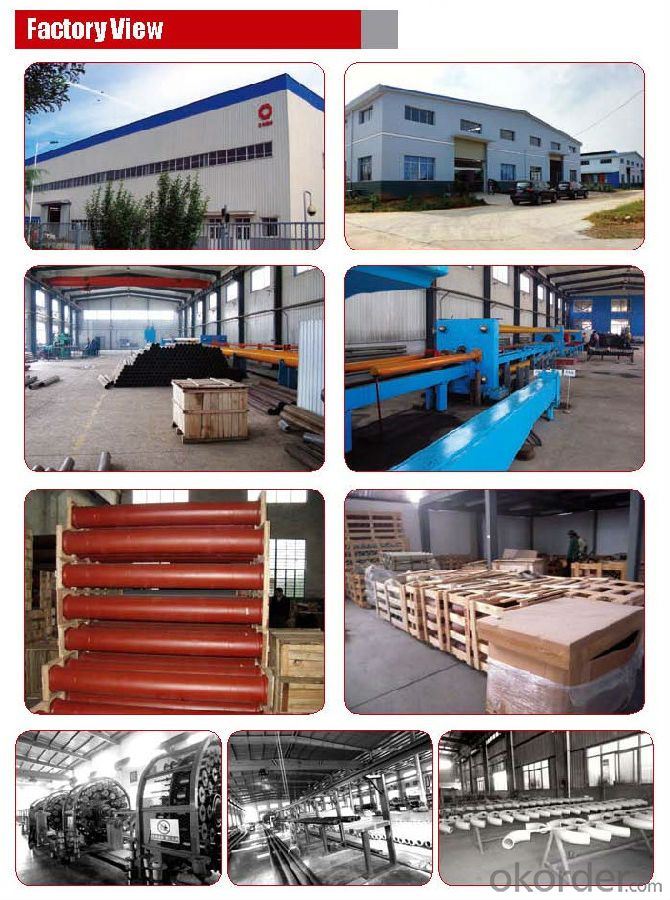
Other Products :
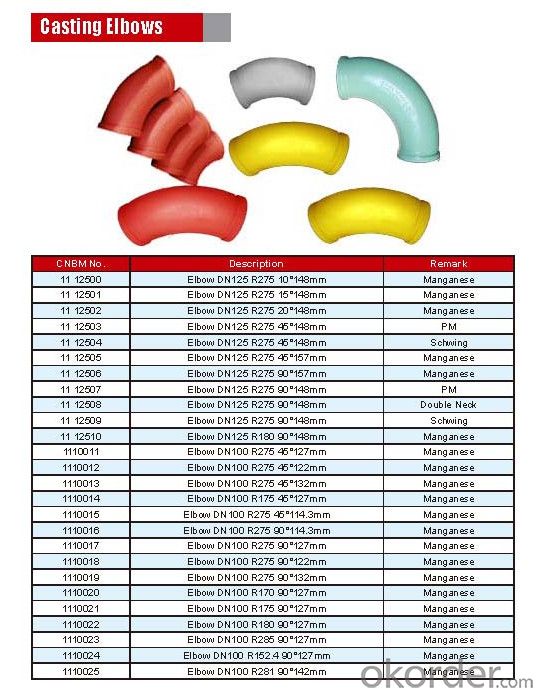
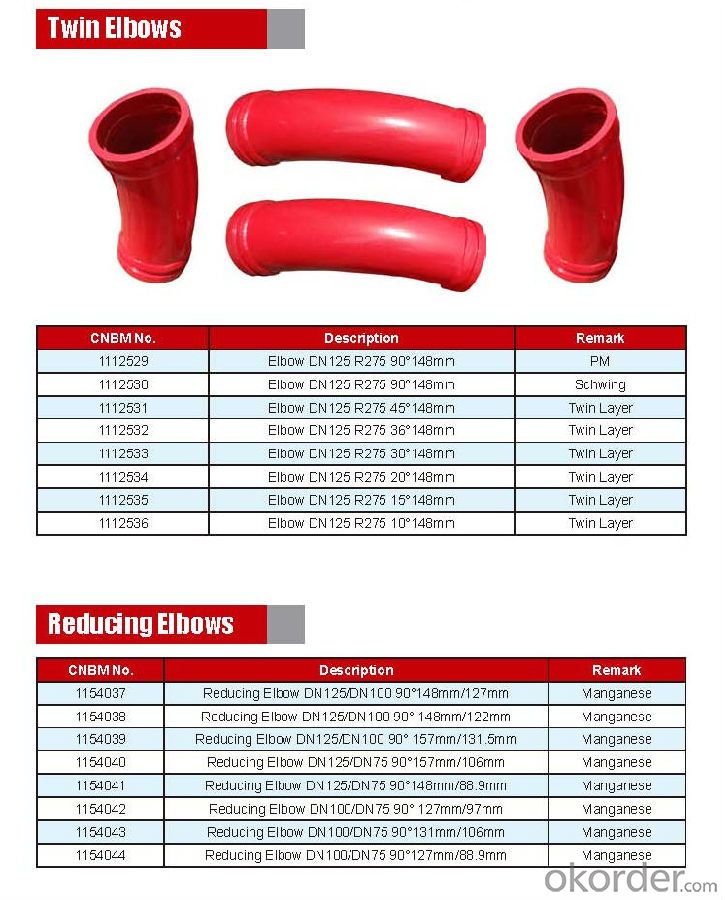
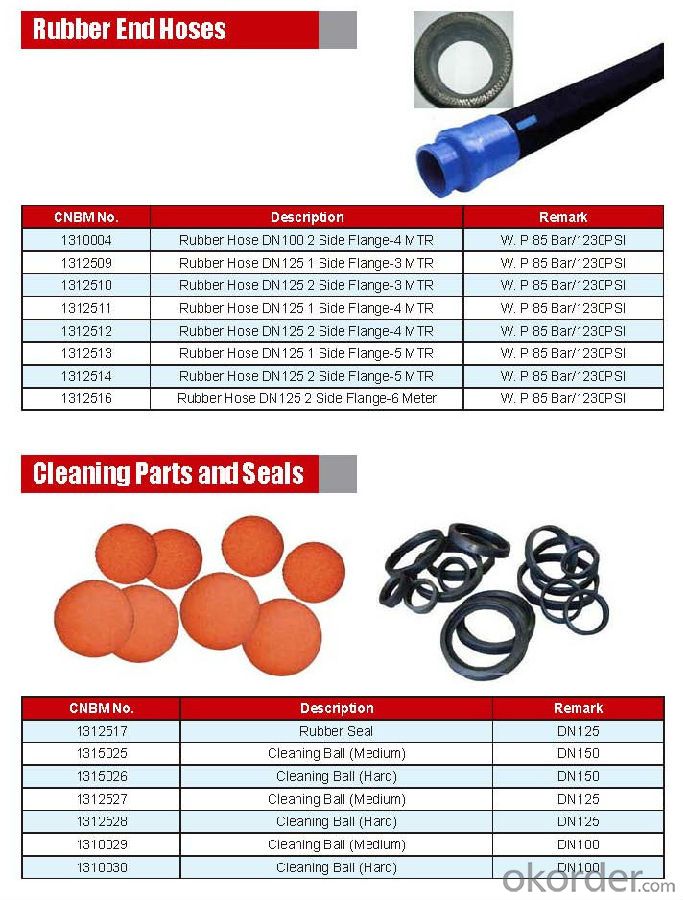
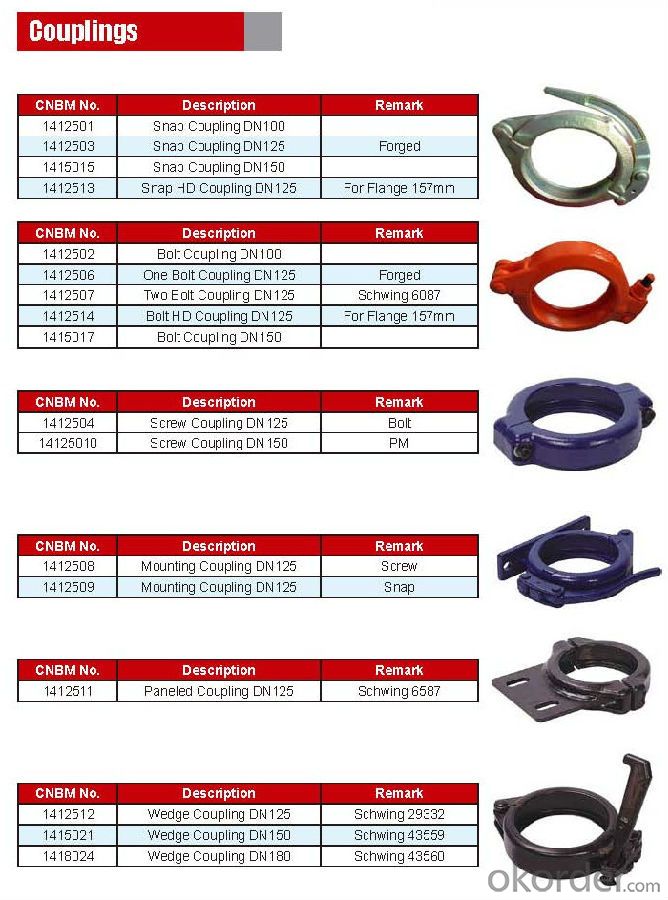
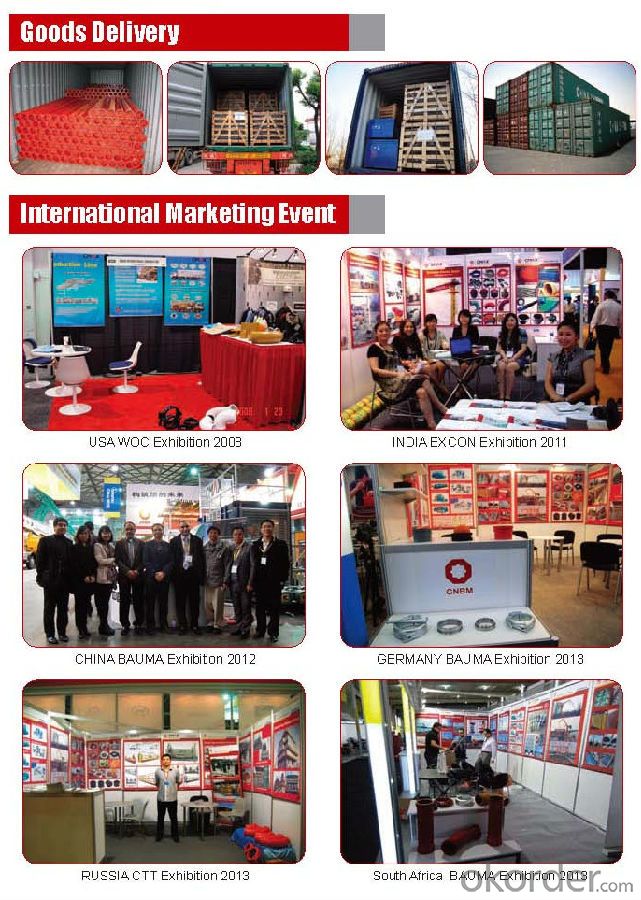
- Q: Can concrete pump spare parts be used interchangeably between different pump brands or models?
- No, concrete pump spare parts cannot be used interchangeably between different pump brands or models. Each pump brand and model is designed with specific specifications and dimensions, so the spare parts need to be specifically manufactured to fit those requirements. Attempting to use spare parts from a different brand or model may result in compatibility issues or even damage to the pump. It is always recommended to use genuine spare parts from the same brand or model to ensure proper functioning and longevity of the pump.
- Q: How often should the concrete pump wear plate be replaced?
- The frequency of replacing the concrete pump wear plate depends on several factors such as the type of concrete being pumped, the volume of concrete being pumped, and the operating conditions of the pump. Generally, wear plates are designed to withstand a certain amount of wear and tear before requiring replacement. In most cases, it is recommended to inspect the wear plate regularly to check for signs of excessive wear. This can include visible cracks, erosion, or a significant decrease in thickness. Regular visual inspections can help determine when it is time to replace the wear plate. Additionally, monitoring the pump's performance and efficiency can also provide insights into the wear and tear on the wear plate. If there is noticeable decrease in the pump's output or an increase in the required pumping pressure, it may indicate that the wear plate needs to be replaced. However, it is important to consult the manufacturer's guidelines and recommendations for your specific concrete pump model. They often provide recommendations on the expected lifespan of the wear plate and the intervals at which it should be replaced. Following these guidelines can help ensure optimal performance and longevity of your concrete pump.
- Q: How long do concrete pump pipes typically last?
- Concrete pump pipes typically last between 25,000 to 40,000 cubic meters of concrete pumped. However, the lifespan of these pipes can vary based on several factors such as the quality of the pipes, the type of concrete being pumped, the pumping pressure, and the maintenance practices followed. Regular inspections, cleaning, and proper storage can help extend the lifespan of concrete pump pipes. Ultimately, it is essential to monitor the wear and tear of the pipes and replace them when necessary to ensure efficient and safe concrete pumping operations.
- Q: What are the preventive measures for concrete pump?
- When installing and designing pipes, avoid 90 as much as possible. And S shaped bends.
- Q: How often should hydraulic filters be replaced in a concrete pump?
- To ensure optimal performance and longevity of the equipment, it is important to regularly replace the hydraulic filters in a concrete pump. The frequency of replacement will depend on factors such as the specific model of the concrete pump, the operating conditions, and the quality of hydraulic fluid used. As a general rule, it is recommended to replace the hydraulic filters every 500 to 1,000 operating hours or at least once a year, whichever comes first. However, it is crucial to consult the manufacturer's recommendations and guidelines for the specific model of the concrete pump, as they may have specific maintenance schedules and intervals. Regularly inspecting the hydraulic filters is also vital to determine if replacement is necessary before the recommended interval. If the filters are clogged, damaged, or show signs of excessive wear, immediate replacement is necessary to prevent potential damage to the hydraulic system. Additionally, if the concrete pump operates in harsh or dusty environments, more frequent filter replacements may be required to ensure proper filtration and prevent contamination. In conclusion, timely and proper replacement of hydraulic filters in a concrete pump is crucial to maintain efficiency and reliability, prevent breakdowns, and prolong the service life of the equipment.
- Q: What are the common challenges in sourcing spare parts for stationary concrete pumps?
- Sourcing spare parts for stationary concrete pumps can pose several common challenges. Firstly, one of the major challenges is availability. Depending on the brand and model of the concrete pump, finding the exact spare parts needed may be difficult. Some manufacturers may not have a wide distribution network, which can make it challenging to locate the required spare parts in a timely manner. This issue can be exacerbated if the concrete pump is an older model or if the manufacturer has discontinued production. Secondly, cost is another significant challenge. Spare parts for stationary concrete pumps can be expensive, especially if they are sourced directly from the manufacturer. In addition to the initial cost, there may be additional expenses such as shipping, customs duties, and taxes, further increasing the overall cost of sourcing spare parts. Thirdly, quality assurance is crucial when sourcing spare parts. It is essential to ensure that the spare parts being sourced are of high quality and compatible with the specific make and model of the concrete pump. Poor-quality spare parts can lead to performance issues, breakdowns, and potentially safety hazards, which can be detrimental to the overall efficiency and longevity of the concrete pump. Furthermore, timing plays a vital role in sourcing spare parts. When a concrete pump breaks down, it can result in delays in construction projects, leading to additional costs and potential penalties. Therefore, finding spare parts quickly and efficiently is crucial to minimize downtime and ensure smooth operations. Lastly, language and communication barriers can also present challenges. If the manufacturer or supplier of the spare parts is located in a different country or speaks a different language, effective communication can be challenging. This can lead to misunderstandings, delays, and difficulties in accurately conveying the specific spare parts requirements. To overcome these challenges, it is advisable to work with reputable suppliers who specialize in concrete pump spare parts. These suppliers often have a wide range of spare parts in stock, ensuring availability and reducing the risk of delays. Additionally, establishing strong relationships with local distributors or authorized service centers can provide access to spare parts and technical support more efficiently. Regular maintenance and proactive planning can also help mitigate the challenges of sourcing spare parts for stationary concrete pumps. Keeping an inventory of essential spare parts and components can minimize downtime and ensure smooth operations.
- Q: Can I get spare parts for both single-cylinder and multi-cylinder concrete pumps?
- Spare parts for both single-cylinder and multi-cylinder concrete pumps are readily available. Various manufacturers and suppliers offer a wide range of spare parts for different concrete pump types, including single-cylinder and multi-cylinder models. These spare parts comprise hydraulic cylinders, pistons, seals, valves, hoses, and other crucial components that may require replacement due to wear and tear or damage. To ensure compatibility and availability, it is vital to contact the concrete pump's specific manufacturer or supplier and inquire about the spare parts suitable for your particular model.
- Q: What are the indications of a weak or dead remote control battery?
- The signs of a weak or dead battery in a remote control can vary depending on the type of remote control used. Nevertheless, there are some common signs to look out for. One of these signs is a noticeable decrease in the operating range or distance of the remote control. This means that you may need to be closer to the device you want to control for the remote to work properly. Another sign is when the remote control buttons become unresponsive or require multiple presses to function. Additionally, you may observe a delay in the response time of the device when using the remote control. In certain cases, the remote control may stop functioning altogether, indicating that the battery is completely dead. If you notice any of these signs, it is advisable to replace the battery in the remote control to ensure reliable performance.
- Q: Can concrete pump spare parts be customized with branding or logos?
- Yes, concrete pump spare parts can be customized with branding or logos. Many manufacturers and suppliers offer the option to personalize spare parts with branding or logos according to the customer's requirements. This customization helps in promoting the brand and creating a unique identity for the concrete pump spare parts.
- Q: Can concrete pump spare parts be coated with corrosion inhibitors for long-term storage?
- Yes, concrete pump spare parts can be coated with corrosion inhibitors for long-term storage. Coating the parts with corrosion inhibitors helps protect them from rust and other forms of corrosion, ensuring their longevity and effectiveness when they are eventually used.
Send your message to us
Concrete Pump Truck Parts Delivery Pipe without flange DN125 6MTR Thick 4.5MM ST52
- Loading Port:
- China main port
- Payment Terms:
- TT OR LC
- Min Order Qty:
- 100 pc
- Supply Capability:
- 10000 pc/month
OKorder Service Pledge
OKorder Financial Service
Similar products
Hot products
Hot Searches
Related keywords
